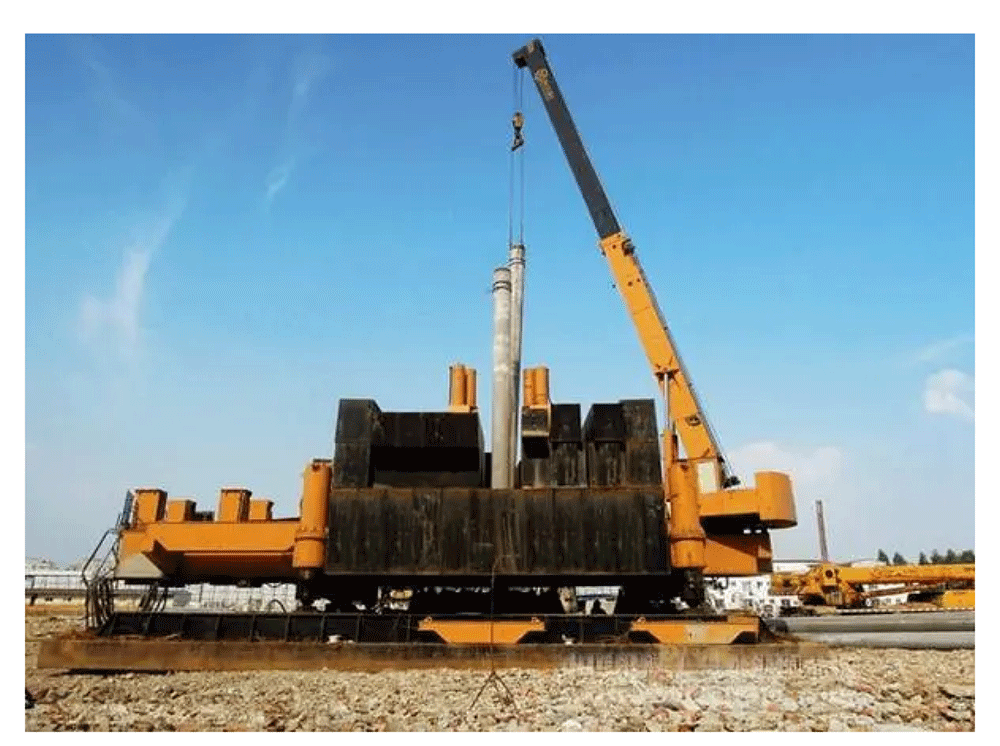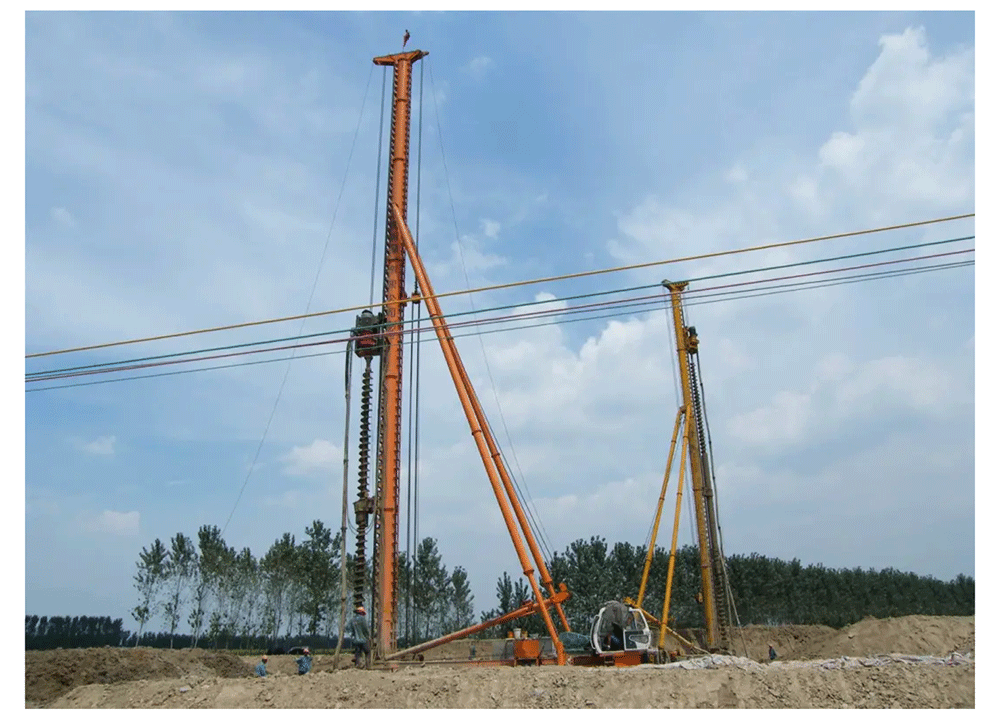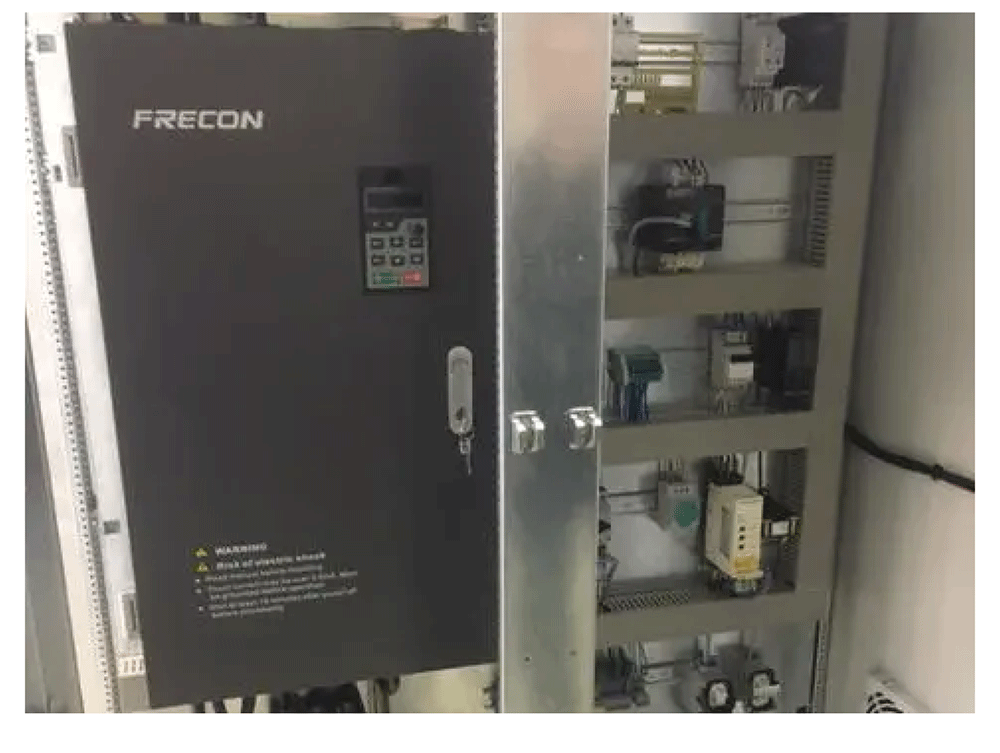Before the use of inverters, centrifugal pipe pile drivers typically relied on electromagnetic motors or DC motors for speed control. Electromagnetic motor speed control has limited precision and range, making it impossible to achieve high speeds in some cases. During the pile production process, different speeds and times are required, which forced operators to manually adjust the speed and calculate running times with a stopwatch. This significantly increased labor intensity and reduced production efficiency. Moreover, if operators are not focused, it could lead to pile defects, resulting in substantial losses for the factory. Inverters, as highly automated electronic speed control devices, offer a wide speed range, stable operation, high precision, and the ability to achieve automatic control with convenient operation. They have become unparalleled compared to other speed control devices and are widely used across various industries.
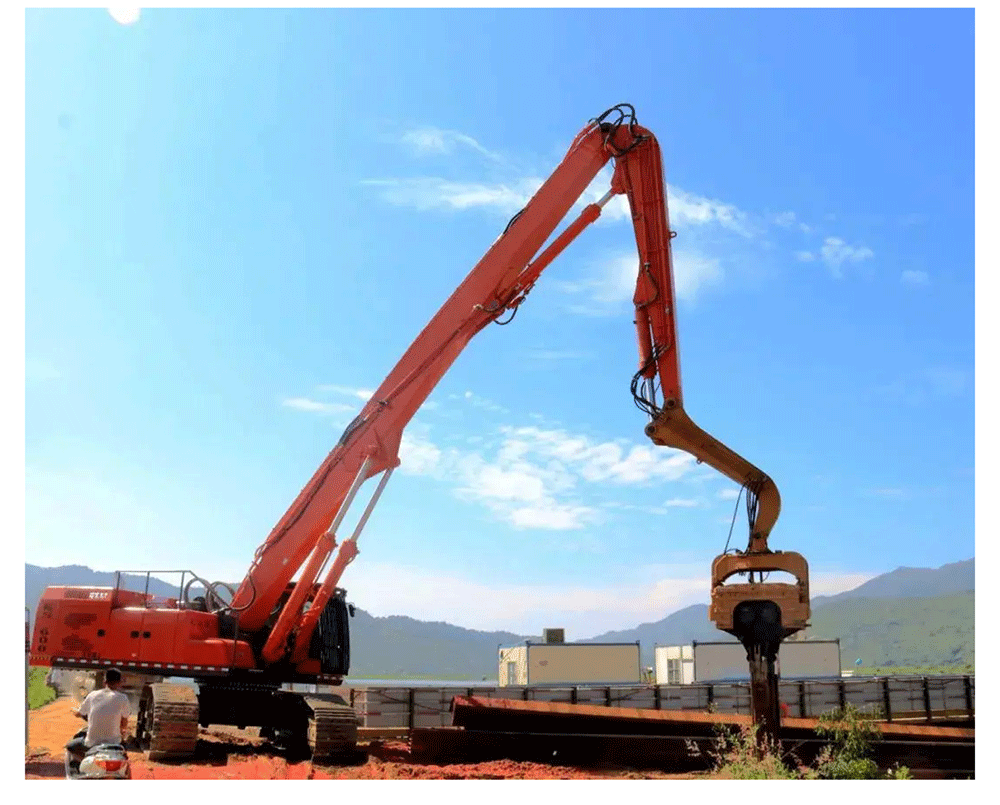

The pipe pile is positioned at an angle between the drive shaft and the driven shaft. The motor drives the drive shaft to rotate, causing the pipe pile to rotate at a certain speed and for a specific duration due to the friction with the drive shaft.


The main structure of a pile driving machine includes the main frame, mold system, centrifugal system, vibration device, concrete pouring system, cutting equipment, steam curing system, automatic control system, hydraulic system, and safety protection system. These components work together to ensure a smooth production process for pile foundations and provide high-quality precast concrete piles.

1.Static pile driver: This type operates on the principle of static force for pile installation. It applies a working load directly from above, using the soil resistance generated by a steel plate and the thrust from static reaction to drive the pile into the ground. Static pile drivers are especially suitable for installing single thin-walled pipe piles and high-resistance piles, offering high efficiency and reliable quality. They are ideal for densely populated urban areas and projects with strict vibration control requirements. Advantages include low noise, minimal vibration, reduced environmental impact, high construction efficiency, and easy quality control.
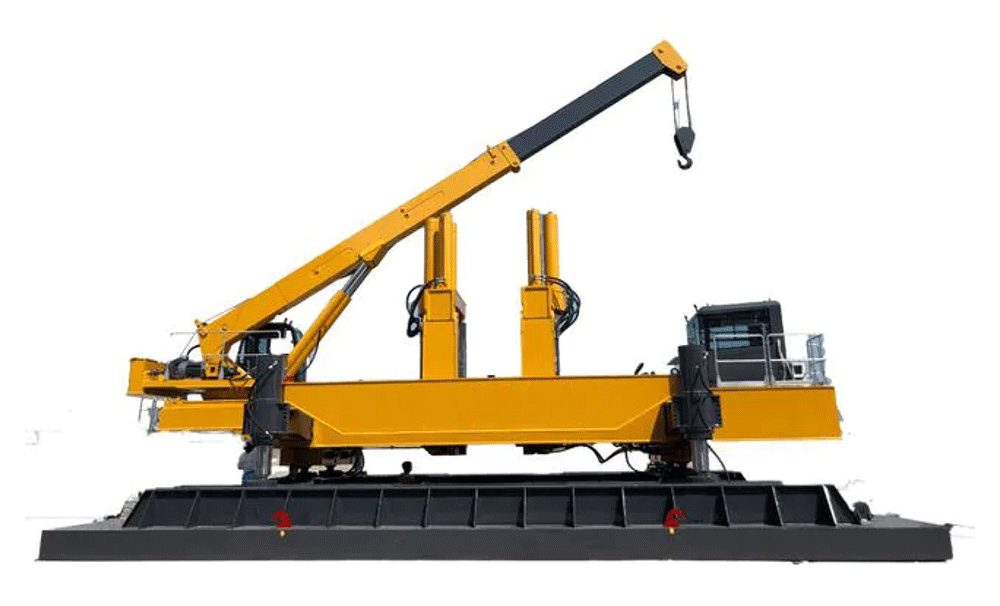
2.Vibratory pile driver: This machine uses vibration to convert the resistance of the underground soil into lateral displacement of the pile, facilitating pile installation. The vibration effectively reduces soil resistance, enhancing pile driving efficiency. Vibratory pile drivers are particularly suitable for soft soil and sedimentary layers, offering high efficiency and significant vibration amplitude while minimizing noise and disturbance. Advantages include high pile driving efficiency and versatility across various soil types, along with reduced noise and vibration interference.
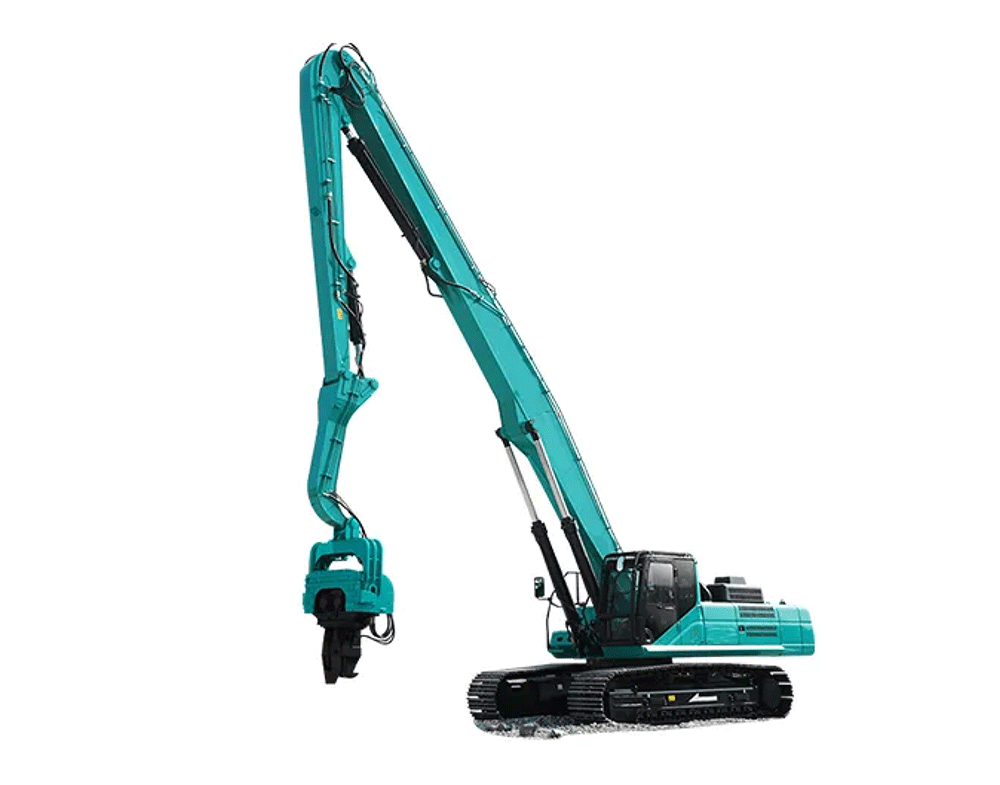
3.Suction pile driver: This machine installs piles through the lifting and dropping of heavy weights, combining drilling and hammering methods for continuous operation. It allows for adjustments at both the pile top and bottom as needed. Suction pile drivers are well-suited for deep sand, gravel, and pebble layers, offering strong adaptability and high control precision to meet complex geological conditions. Advantages include versatility in handling various geological conditions and high control precision for flexible construction.
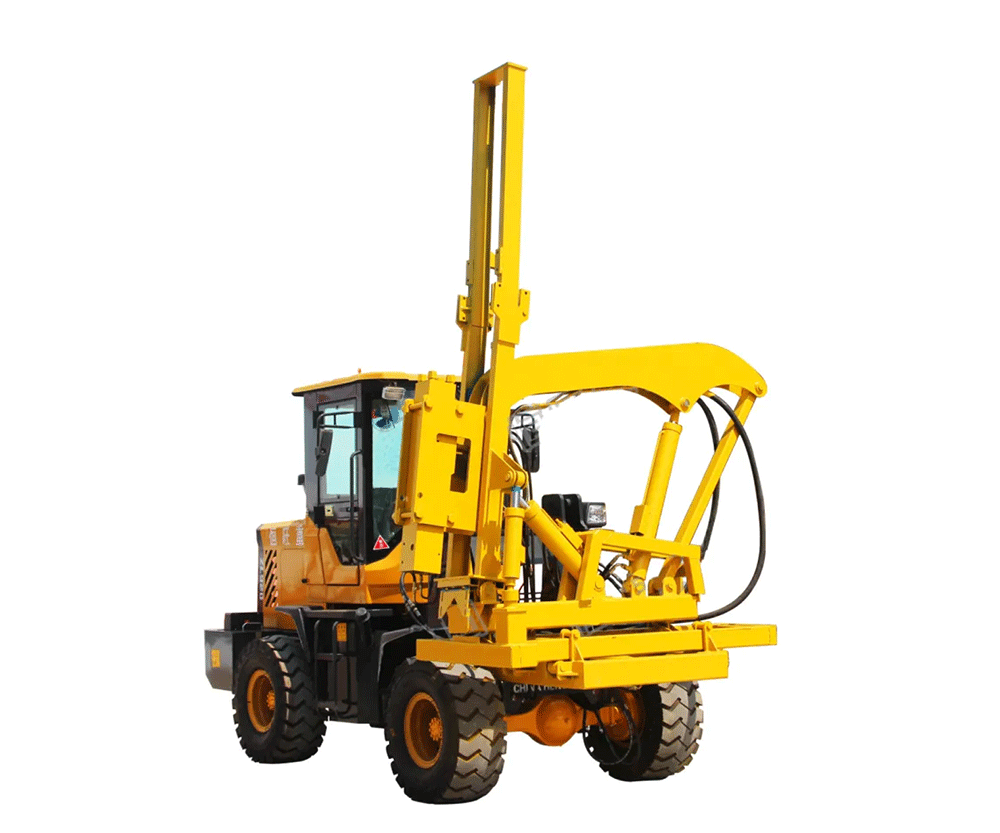

In the entire production process of concrete piles, the centrifugal forming on the centrifuge is the most critical step. This process is divided into three stages: material placement, secondary transition, and compaction. Each stage has different requirements for the rotation speed and time, and the requirements vary for piles of different wall thicknesses and lengths. This necessitates the use of a frequency converter to adjust the motor according to the type of pile, allowing it to operate at different speeds and for different durations at each stage to ensure the quality of the concrete piles.
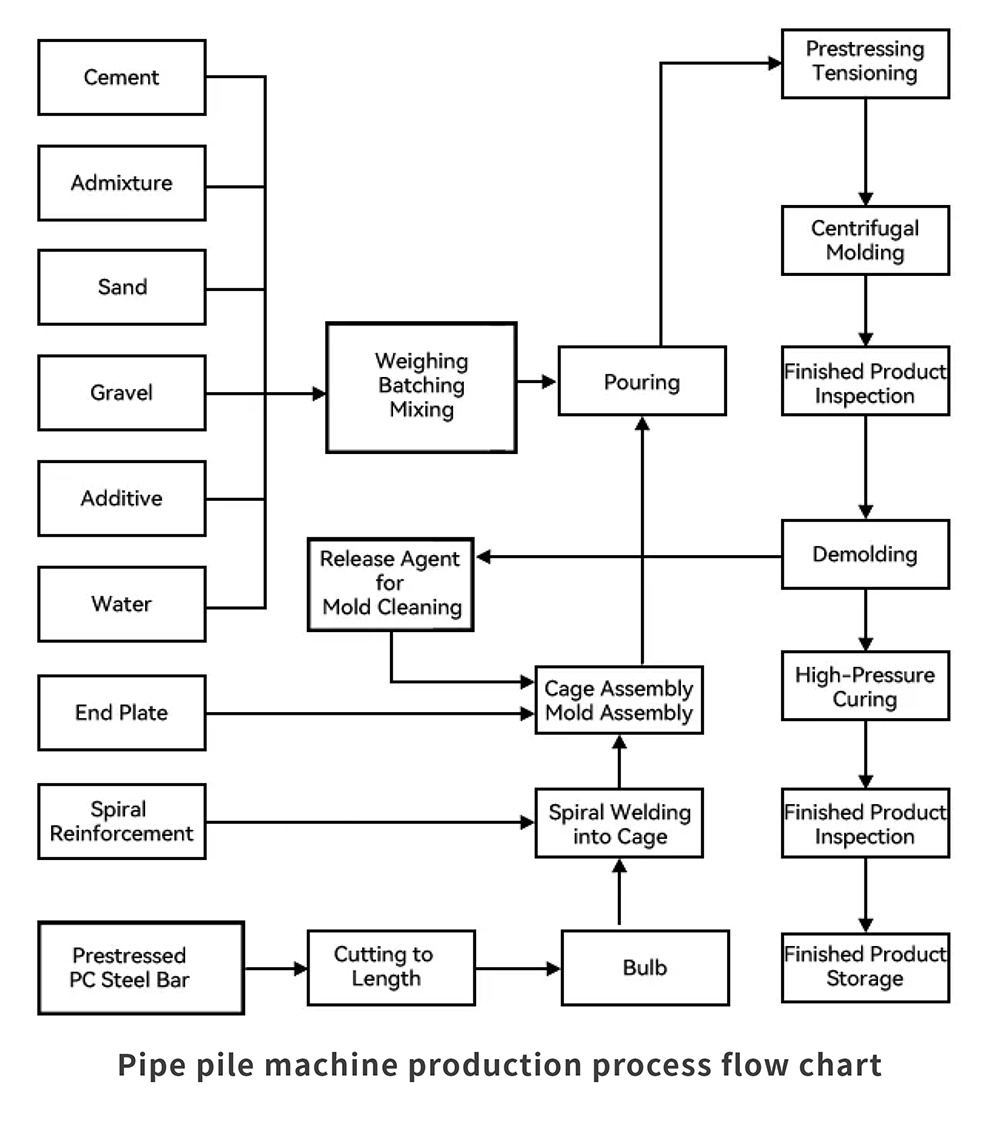

FRECON has developed the FR500A series of inverters tailored to the specific requirements of concrete pipe pile manufacturing. This series features a high starting torque and allows for customizable operating frequencies and durations based on the size of the produced piles and raw material specifications. This significantly enhances production efficiency, provides excellent energy-saving benefits, and reduces the labor intensity for operators.
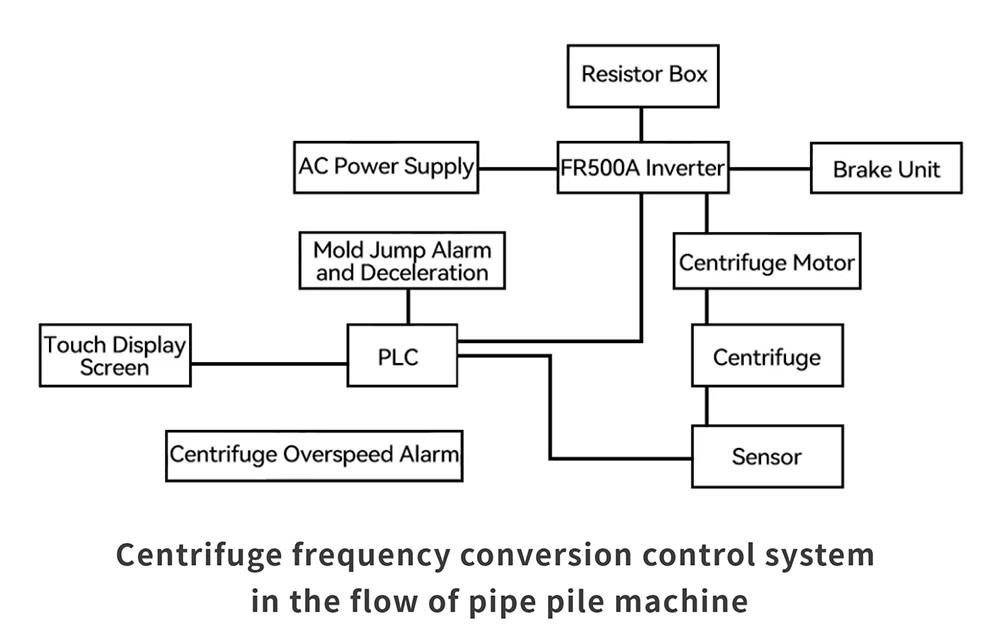

(1) The inverter operates through four processes: low speed, low to medium speed, medium speed, and high speed.
(2) It has a wide speed adjustment range and stable rotation speed; it must start under full load, with the starting torque exceeding 100% of the motor's rated torque.
(3) The low-speed operation time is long, requiring a high low-speed torque.
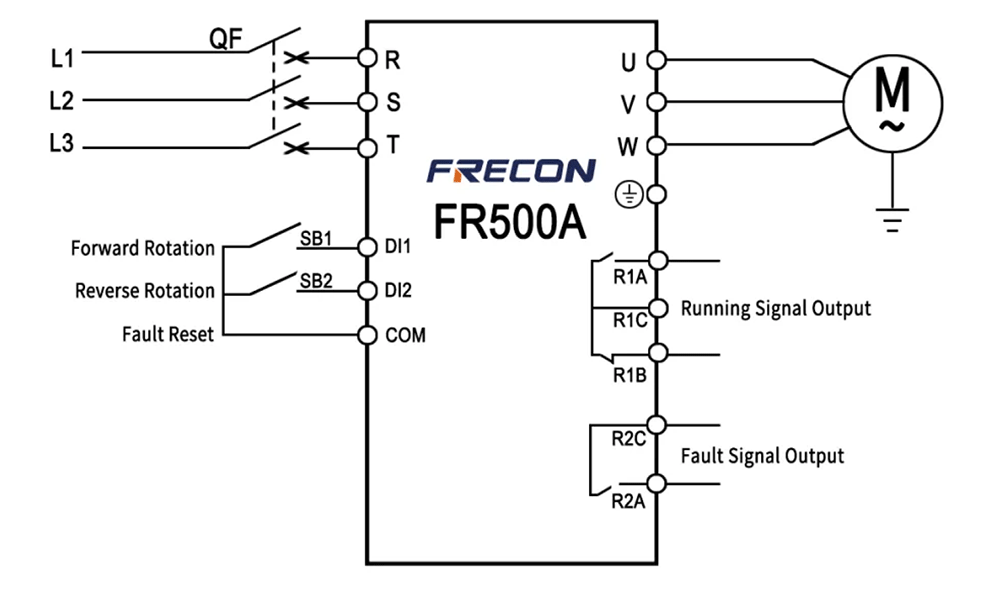
By using the FRECON inverter with simplified PLC functions, the inverter can be set to operate at four speeds: low speed, low to medium speed, medium speed, and high speed, with customizable running times for each speed.


